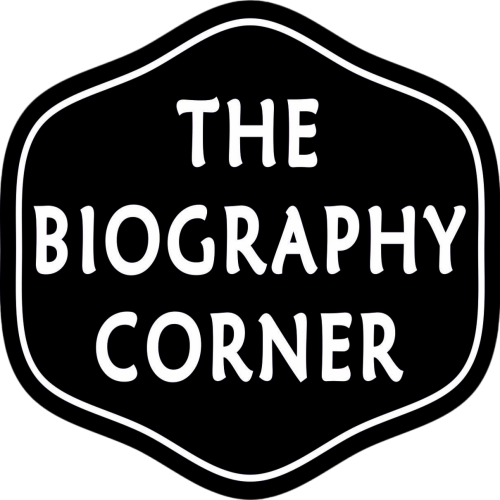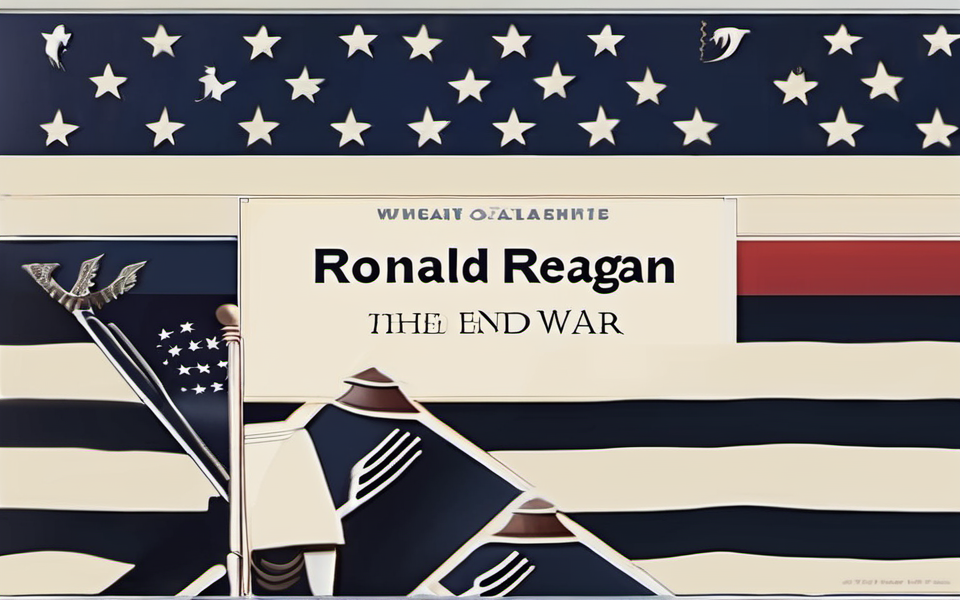When you think of Ronald Reagan, you might picture a charismatic actor-turned-president. But what if I told you he was also a master strategist behind ending the Cold War? Dive into this exciting journey of Reagan’s secret moves and clever tactics that changed the world forever!
The Actor Enters the Political Arena
Ronald Reagan’s rise to politics is a tale like no other. Before he became the 40th President of the United States, Reagan was a well-known actor in Hollywood. His charm and quick wit made him a favorite among movie fans. But how did this movie star end up in the White House? The journey began with his growing interest in public affairs. By the 1960s, Reagan had transformed himself into a passionate spokesman for conservative values. His speeches captivated audiences and persuaded many that he was more than just a movie star.
In 1966, Reagan took a giant leap into the political world by running for Governor of California. Despite initial doubts, he won decisively, showing his knack for leadership. Reagan’s success in California set the stage for his presidential ambitions. When he finally ran for president, his experience as an actor helped him connect with the American people like few politicians could. His ability to communicate complex ideas simply and effectively made him a compelling candidate. And so, in 1980, the once-Hollywood star took on the most powerful role on the global stage.
Rising Tensions: The Cold War’s Peak
During the early 1980s, tensions between the United States and the Soviet Union were at an all-time high. The world seemed to be teetering on the brink of nuclear war. So how did Reagan handle this nerve-wracking situation? Unlike his predecessors, Reagan believed in a strong military approach. He argued that the best way to keep peace was to be prepared for war. Thus, he increased military spending and pushed for advanced weapons. His Strategic Defense Initiative, often dubbed “Star Wars,” aimed to create a missile defense system that could protect the U.S. from any Soviet attack.
This aggressive strategy might seem risky, but Reagan had another ace up his sleeve: diplomacy. He recognized that brute force alone wouldn’t win the Cold War. Thus, he combined his military buildup with open communication channels. Despite the heated rhetoric, Reagan was always ready to engage in talks with Soviet leaders. This dual approach aimed to show strength while leaving the door open for peace negotiations.
Gorbachev and the Winds of Change
Enter Mikhail Gorbachev, the new leader of the Soviet Union. Unlike his predecessors, Gorbachev was open to reforms. He introduced policies like “glasnost” (openness) and “perestroika” (restructuring) aimed at revitalizing the Soviet economy and society. Reagan saw an opportunity. With mutual respect, the two leaders began a series of meetings and negotiations. These discussions culminated in landmark agreements like the Intermediate-Range Nuclear Forces Treaty (INF) in 1987, which eliminated an entire class of nuclear weapons.
The personal chemistry between Reagan and Gorbachev was crucial. They respected each other’s strengths and found common ground. For instance, they agreed that nuclear war would be catastrophic and that measures should be taken to prevent it. Through a combination of tough negotiations and heartfelt diplomacy, the two leaders managed to thaw the icy relations between their countries. Their cooperation laid the groundwork for the eventual end of the Cold War.
A Legacy of Peace and Diplomacy
By the time Reagan left office in 1989, the Cold War was drawing to a close. His diplomatic strategies had played a significant role in easing global tensions. Many historians credit his unique blend of strength and tact for fostering a more stable world. Reagan’s approach demonstrated that even in the most challenging times, effective diplomacy combined with strategic thinking could bring about significant change.
Today, Ronald Reagan is often remembered as the president who brought the Cold War to an end. But his legacy goes beyond that. He showed that leadership isn’t just about making speeches or signing treaties; it’s about understanding that true power lies in the ability to connect, negotiate, and inspire. Thanks to his vision and perseverance, the world witnessed a peaceful resolution to one of its most perilous conflicts.






